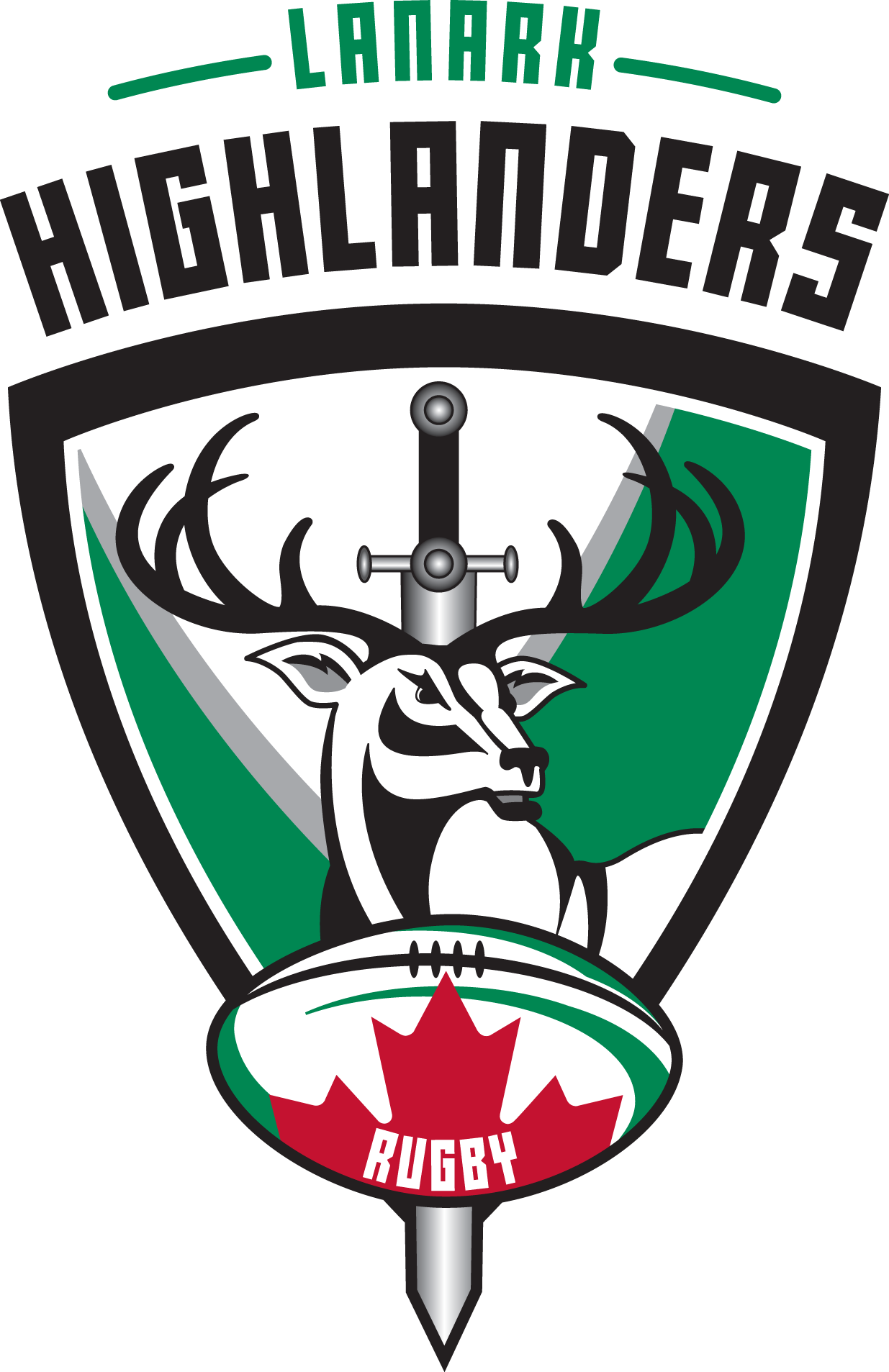Lanark County has a unique regional identity based on its settlement history and geography. Only Renfrew County rivals it in this regard in Eastern Ontario. There are abiding connections to its original Celtic-British settlement story when veterans of the Napoleonic Wars – most of whom were highlanders – were pensioned off with land grants. The county was surveyed and settled under British military authority with the canal system and first settlements created as combat stores depots. All of this was in anticipation of another war with the Americans. The county is home to the hardy Algonquin people; the Scottish, British and Irish decedents of the first doughty pioneers; the cultural flotsam various itinerants: moonshiners, smugglers, prospectors and adventurers, and – more recently – hippies, American “wartime migrants”; refugees, survivalists and cultists, attracted to its navigable waterways, trackless forest lands, and live-and-let-live ethos. Coincidentally, several townships of the largely wooded shield land making up the Northwest quarter of the county, amalgamated in 1997, calling the new township “Lanark Highlands.”
The Lanark Highlanders RFC is not an old club. Its original members are still steering the organization and guard the foundational story of the club jealously. In 2004, in response to a print ad placed by one player, exactly one other player answered the call to form a team. The two held a practice anyway and, man by man, grew a men’s side that would go on consistently to challenge and often to win their division championship in the Eastern Ontario Rugby Union. The same players, now competing as “old boys”, have been largely undefeated for the last four years, even representing Canada and winning an international old boys tourney in Cuba in 2017.
The early players identified less with the ethnic connection to Scotland and more with the cultural idea of the Highlanders – their clannish devotion to tribe; their fierce independence and hardihood; their propensity to rebel against tyrants; their “otherness.” The Highlanders have always gravitated towards more common and democratic highland symbols: kilts, Robbie Burns, Stag horns, bagpipes, and claymores as symbols of the “North,” the “wild,” the spirit of Celtic primitivism as embodied in the highlands of Scotland and echoed in the county of Lanark.

